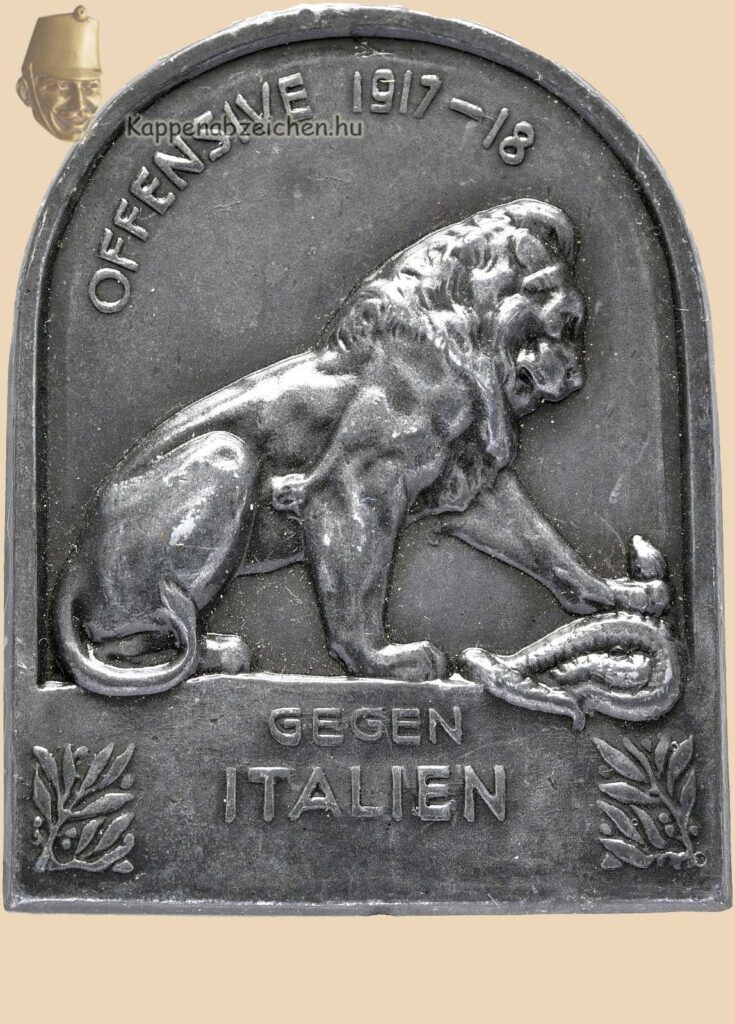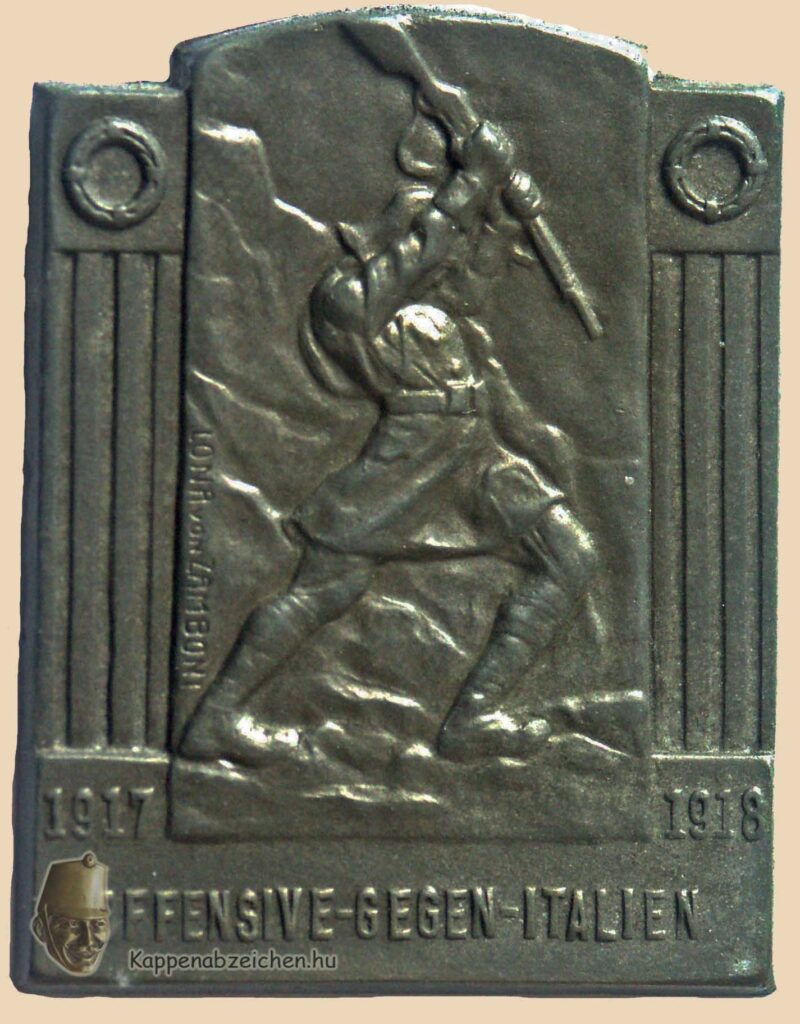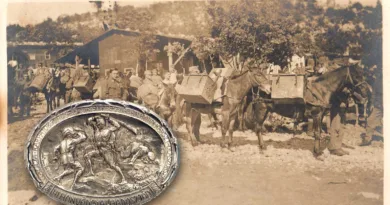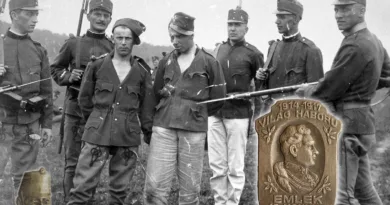November 1917
This month was spent in the east with armistice negotiations due to the unfolding Russian civil war, and in the west with the pursuit of the Italians following the 12th Battle of the Isonzo. The latter event was of outstanding importance for the continuation of the war. The victory on the Italian front, if not final, was significant, shaking up the Monarchy, which was sinking into apathy. Last but not least, thanks to the captured material and food, it temporarily eased the already serious supply problems. The beaten 2nd Italian army not only lost a great deal in prisoners of war, half of its staff, 300,000 people, but almost all of its equipment and food supplies were also left behind.

After the breakthrough on October 24, the troops of the Monarchy reached the Tagliamento river and the city of Udine on November 1, deep behind the former front line along the Isonzo. As a result of the rapid pursuit, the Italians had no time to destroy their materials left behind. The pursuit was rather slowed down by the fact that, as can be read in Jaroslav Hasek’s popular novel Svejk, the consumption of the contents of wine barrels opened with a bayonet greatly slowed down the advance. On November 2, the remnants of the Italian 3rd Army also surrounded on the banks of the Tagliamento. The Italian resistance, with the help of England and France, was only consolidated in the defensive positions built on the banks of the Piave by December.

The advance at the end of 1917 is recorded in the inscriptions of many regimental Kappenabzeichen, usually with the inscription “Italien”. In 1918, after the disintegration of the Russian front, the bulk of the Monarchy’s forces were ordered here, although occupying troops remained in Ukraine, and law enforcement units were also needed in the rebellious regions of the hinterland. In this post, I present two insignia of the Italian offensive, which were given to the participating troops in quite a large number.




